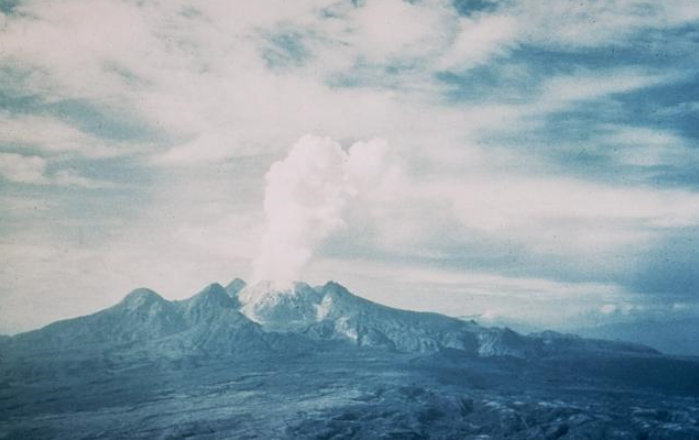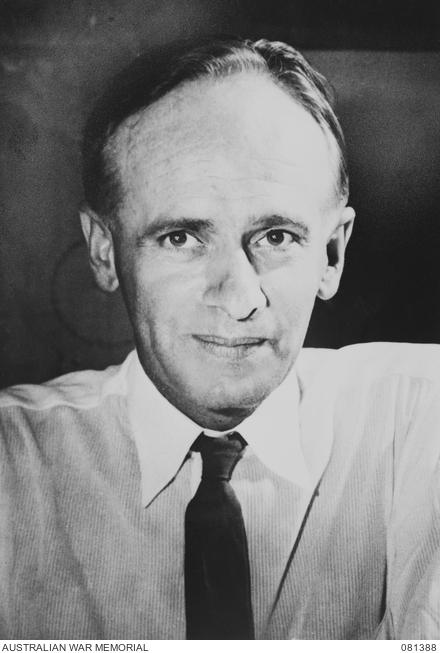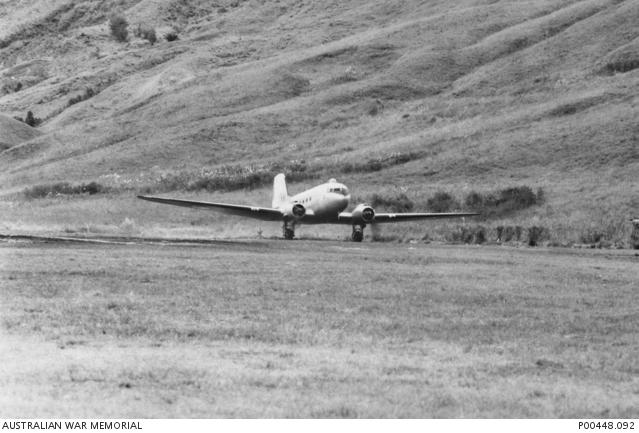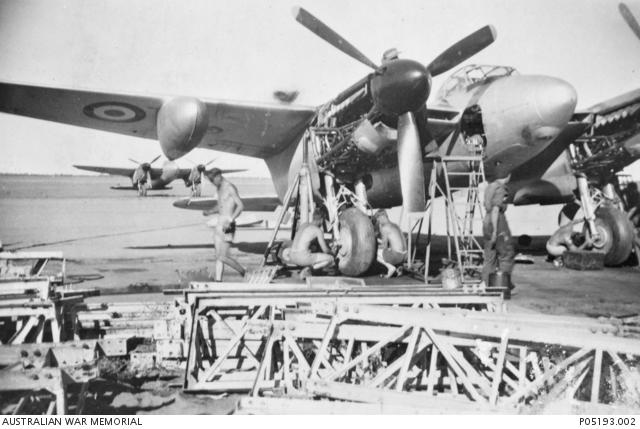The 1951 Mount Lamington volcanic eruption

An eruption at Mount Lamington, 1951 (photo wikicommons)
In late January 1951 local authorities in the northern district of Australian-administered Papua entered an alien landscape. The usual dense vegetation had been transformed into fields of burnt ash and destruction. The bodies of local people could be seen strewn across roads and huddled in destroyed buildings. They were the victims of an enormous volcanic blast at Mount Lamington, a long-dormant volcano that on 21 January 1951 destroyed vast swathes of land near the former Second World War battlefields of Buna, Gona, and Kokoda. The blast sent a column of thick smoke and ash 15 kilometres into the air, and a superheated cloud of gas and volcanic particles racing at 100 kilometres an hour towards the village of Higaturu. Nearly 3,000 people are estimated to have lost their lives.
The blast triggered an enormous disaster relief response. Australian vulcanologist George ‘Tony’ Taylor, who was working in nearby Rabaul at the time, arrived a day after the initial eruption and conducted surveys to assess the likelihood of further blasts. It was dangerous work: as he flew over the crater of the mountain his aircraft was at time struck by flying rocks and debris. He frequently entered the ‘no-go’ area established around the volcano so that he could listen to and observe earth tremors. He was later invested with a George Cross for his tireless efforts to help people and save lives in the aftermath.

Vulcanologist George ‘Tony’ Taylor
The Australian Government responded to the disaster by providing a relief grant of ₤25,000 and arranged for two RAAF C-47 Dakota aircraft to fly to Port Moresby and assist for as long as was required. The first Dakota left Australia on 23 January 1951, carrying blood plasma donated by the Australian Red Cross and water containers that could survive being dropped by parachute. Between January and April, the RAAF made numerous flights delivering food, medicine and other necessary supplies to the disaster area and evacuation camps.

A Dakota of No. 10 (General Reconnaissance) Sqn, taking off from an airfield in PNG, 1952
The Australian Government also sent a RAAF DH-98 Mosquito aircraft from No. 87 Squadron for air reconnaissance. The pilot, Flight Lieutenant Victor Guthrie, flew to within 60 metres of the active volcano in order to get the necessary photographs before he was forced to withdraw from the area because of poor weather.

A Mosquito of No. 87 Squadron, 1950
Australian military personnel have long responded in the aftermath of disasters. From the Spanish flu pandemic in the Pacific in 1918 to the COVID-19 outbreak in 2019–20, the Australian military has taken part in more than 75 international and domestic humanitarian and disaster relief operations. The response to the 1951 Mount Lamington eruption is but one of those stories.
The Australian War Memorial’s Development Project will be sharing the stories of a new generation of Australian men and women who have served our nation in recent conflicts, and on peacekeeping and humanitarian operations. To share your story email: development@awm.gov.au
To stay informed about the Development Project sign up to the Our Next Chapter e-newsletter www.awm.gov.au/ourcontinuingstory/stayinformed